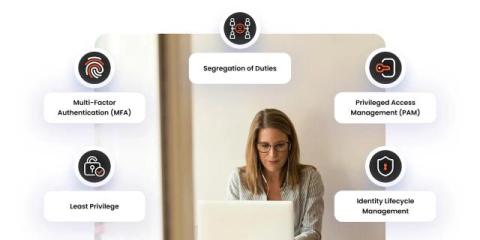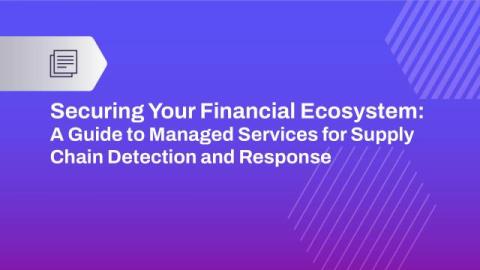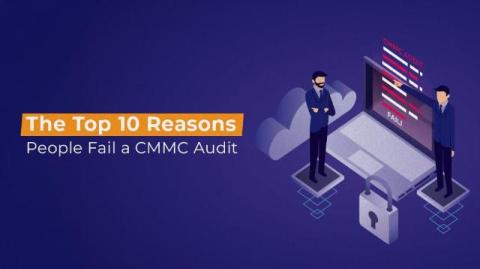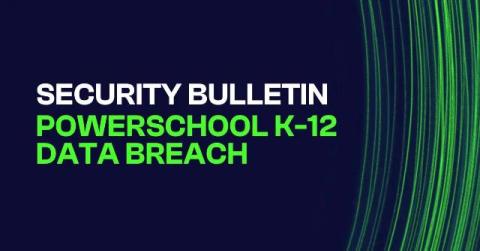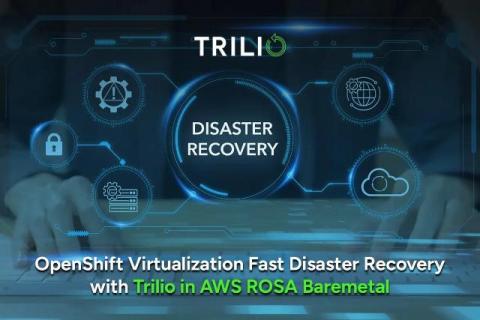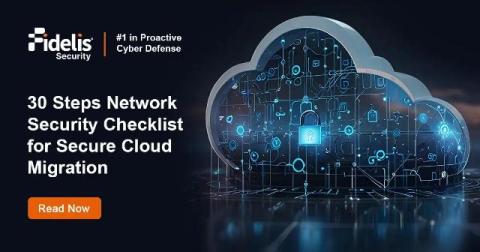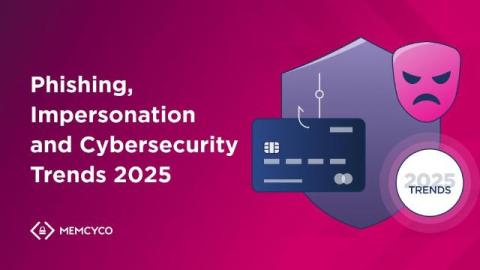2025: The Year of Evolution in Identity Security by David Morimanno, Director of Identity and Access Management Technologies
The year 2025 will not be a revolutionary one, it will be evolutionary, with developments coming into effect that were necessitated by events and happenings in 2024, and solutions to address these events reaching maturity levels that allow an appropriate, comprehensive response. With threats like ransomware certain to continue, identity resilience is going to become more important in the year ahead and, as such, identity will become the critical component of security.



